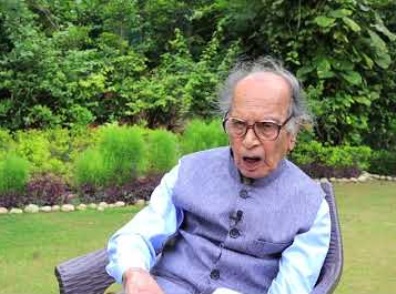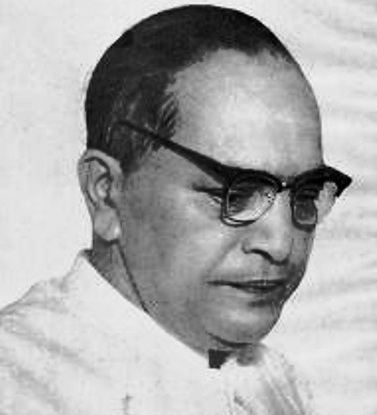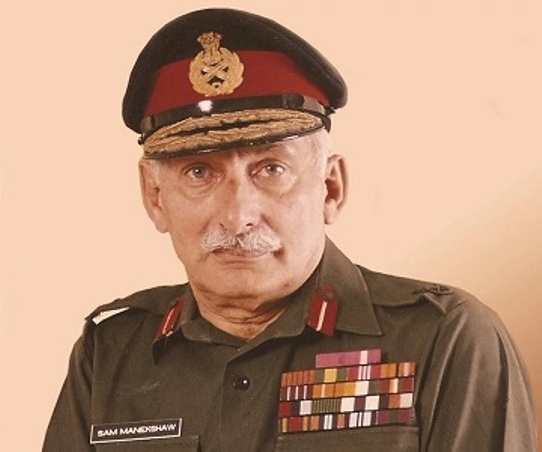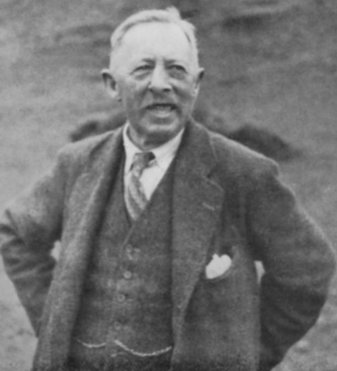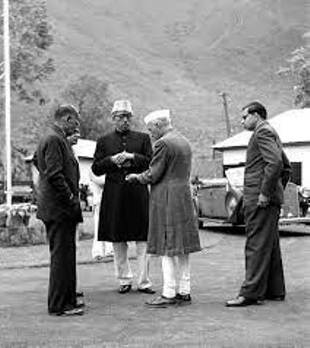KASHMIR SUFIANA MUSIC
Josef M. Pacholczyk in his book The classical music of Kashmir writes:In the 20th century social, political and economic changes in Kashmir have weakened the vitality of the sufiana musiqi traditions. In spite of many attempts on the part of Kashmir cultural institutions to revitalize it, sufiana musiqi is in a severe decline and its future seems uncertain.With the passage of time the legendaries of yester years from the Valley, performed in a society that was responsive, blend the lyrics with local Kashmiri dialect to make it understandable and acceptable to local population. Kashmir being predominantly Muslim enjoyed the music with spiritualism and Sufism being the heart and soul of Sufiana Kalam.
The music that is basic to Kashmir, the crucible of many forms of arts and crafts witnessing callousness towards the traditional and folk arts, the cultural invasion from north and central India made all the difference and the younger generation who would be the future of this music were attracted to Indian music that offered glamour, cheap love songs and unfulfilled dreams. Radio Kashmir being directly controlled from Delhi managed to consign Sufiana Kalaam to history.
|
Ustaad Muhammad Abdullah Tibetbaqal was a master of unique, exceptional and a very tuneful voice. He improvised Sufiana music to a great extent by introducing to it new techniques vocally as well as instrumentally. Though the Sufiana music was traditionally sung in Persian language but the legendary Ustaad for the first time added Kashmiri Sufi poetry to it and this new experience got global appreciation especially from lovers of Kashmiri language.
|
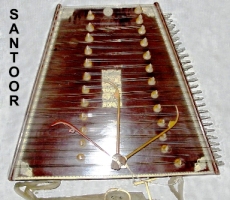
|
Besides being a Sufi musician, Ustaad Tibetbaqal was a Sufi poet, writer, spiritual, religious reformer and scholar. Thousands of people at Zoo Masjid, Zero bridge, Srinagar used to come from long distances for performing Salat ul Juma (Friday prayer) behind him and felt unique shower of mercy, bounties and spiritual satisfaction from Almighty Allah upon themselves.
Ustaad Muhammad Abdullah is the author of Spiritual Book titled Islam and Sama (Sufi Audition) in which he has beautifully explained and proved on the basis of Holy Quran, traditions of Holy Prophet (SAW), Islamic Jurisprudence that how Sama is permissible and forbidden in Islam.
In the year 1978, the University of Kashmir, Srinagar and Bonyad-e-Farhang-e-Iran, Tehran, felicitated Ustaad Muhammad Abdullah Tibetbaqal with the honor of being visiting faculty for second summer Institute for Persian teachers. Though it was a challenging experience for the legendary Ustaad to demonstrate practically i.e. on santoor (Commonly known as Phonology/Phonetics) the different aspects and etiquettes´ of Persian Language before the great teachers / intellectuals of that period but highly won appreciation from the seekers of knowledge.
Muhammad Ashraf Tibetbaqal is the only son of Ustaad Muhammad Abdullah Tibetbaqal who´s elder son Aadil Tibetbaqal (Astt.Prof. Faculty of Music & Fine Arts University of Kashmir Sgr) is now carrying the highly rich and inherited treasure of his grandfather to the upcoming lovers of Sufiyana Culture of Kashmir at Global level under the aim and mission of Tibetbaqal Memorial Trust, founded in 1983´ in the memory of Legendary Maestro Muhammad Abdullah Tibetbaqal.The morning breeze scatters the rose; but not the log, which can only be spilt by an axe. The world subsists on music, exhilaration and ardour. But what can a blind man see in a mirror? (Alama Sheikh Sa´di)
The author can be mailed: tibetbaqalaadil@yahoo.com
Kashmir melodies
| MAESTRO | KALAAM | DURATION |
|---|---|---|
| UNKNOWN | afsoos dunya | 00-10-36 |
| S NAWAZ | bal maraeyow | 00-07-06 |
| SOFI G A | boye adam | 00-17-15 |
| UNKNOWN | chhakri | 00-06-10 |
| SOFI G A | dapeumas | 00-15-44 |
| SOFI G A | dilbara satha | 00-09-49 |
| UNKNOWN | haeri warev | 00-09-33 |
| UNKNOWN | jaanwandyo | 00-05-26 |
| SOFI G A | karai na dil | 00-15-18 |
| UNKNOWN | makamadeenas | 00-04-44 |
| UNKNOWN | ronimati maeni | 00-07-49 |
| S LETRI | sar ho wandai | 00-06-31 |
| S DEV | soz ashqun | 00-10-53 |
| S NAWAZ | shahideenas | 00-09-24 |
| UNKNOWN | zamanai pok | 00-06-52 |
THE CLASSICAL MUSIC OF KASHMIR
HISTORY
Islam entered Kashmir peacefully through the activities of missionaries and Sufi Mystics from neighbouring territories, particularly from Turkestan and Persia. The reports of Marco Polo indicate the presence of Muslims in Kashmir in 1277, more than half a century before King Rinchin Shah (1320-1323), the first Kashmiri ruler to embrace Islam. The acceptance of Islam was facilitated by social and economic factors. Kashmir was in economic and political turmoil, suffering from oppression of tyrannic Hindu rulers and feudal landlords. Any opportunity to change the situation was welcome. Socially, the principally egalitarian Islam offered an improvement of the status of lower castes. Although conversion to Islam was especially massive, including Brahmans. (Though there is no evidence that low caste Hindus lived in Kashmir before en-masse conversion and all inhabitants were 100% Brahman.) The co-existence of the two religions and the two communities proceeded better here than in other parts of the sub-continent. Saiyid Sharaf-ud-din, best know in Kashmir as Bulbul Shah, commanded great respect and was responsible for the cenversion of the King Rinchin.
For several centuries, Persian was the lnaguage of learning and administration in Kashmir, and Kashmiris learned to master its use. The most important persian poets whose works are sung in Sufiana are Hafiz, Sa'di, Omar Khayam, Jallaludin Rumi, Jami and Nizami. Kashmiri poets adopted not only the Persian language but also Persian poetic forms and style. Some Kashmiri poets such as Sheikh Yaqub Sarfi, (d. 1594), Ghani Kashmiri and Ghalib made important contributions to Persian poetry. Other poets were mere imitators of Persian style. The 19th-century Kashmiri poet Mahmud Gami, earned the title of Nizami of Kashmir. He was the author of a collection of five books, together entitled "Khamsa" or "Panj Ganj" (Five Treasures) written in Nizami style.
One of the most important early Kashmiri poetesses was Habba Khatun, wife of the Sultan Yusuf Shah Chak (1579-1586). Other important Kashmiri poets wrote in both Persian and Kashmiri. Among them are Rasul Mir, Khawaja Habibullah Hubbi, Niame Saeb, Rahim Saeb, Hazrat Ali Thani, Iqbal and Nasiruddin. 20th century Kashmiri poets, whose poems are used in Sufiana include Ghulam Ahmed Mahjoor, Shah Sadiq Qalandar and Punjabi.
Jozef M. Pacholczyk writes that Rajatarangini (The river of kings) was written around the middle of the 12th century A.D in Sanskrit by Kalhana. This poetic work in eight taranga (cantos) is often considered the earliest and only ´true´ historoigraphic work from that time. Rajatarangini provides a multitude of historical ´facts´ relating to the political past of Kashmir and a wealth of information about Kashmiri society and its culture, including music. After the death of Kalhana, the poetic history was carried on by Jonaraja and Srivara, who continued the chronicle into the early part of the Islamic period, the year 1486 A.D.
(Kalhana or later historians Jonaraja or Srivara were all Brahmans and their historical account of Kashmir´s political history, culture, religion and music having few question marks couldn´t have escaped Brahman mischief.)
Rajatarangni mentions few musical instruments. Apart from wind instruments, lutes and drums were also used as well as a kind of a bagpipe. In the temples, drums, gongs, cymbals, and other instruments were played in vulgar music; earthen and copper drums were also used. This might be the first reference to the nout (noat), a clay pot like a pitcher used to fetch water from communal water taps or the wells.
Sufuana Music is the vocal ensemble music of the urban elite of Kashmir. It functions principally as music connected with the rituals of the Sufis (Muslim mystics) and as an elite entertainment music performed in a secular context. Sufiana reflects the cultural position of Kashmir as a meeting point among the Persian-dominated cultures of Central Asia. Through the description and analysis of the practice, repertory, context, and theory, the book documents this now quickly disappearing tradition and contains an analytical catalog of forty-seven maqam suites in use in the 1970s and 1980s.
The ragaas, as the saying goes, are performed at different times in a day of 24 hours. Certain raags especially uddasi as a shu´ba of maqam
The musicians, particularly instrumentalists, were of low social status and are mentioned in Rajatarangi in unfavourable terms together with meat-eaters, drunkards and those who keep awake till late hours in the night. It is noteworthy that (Islam forbids all kinds of instrumental music and whatever is documented in the book can certainly be cultural and surely not religious.
Pachoiczyk makes a tremondous effort in portraying Kashmiri musuqi, its traditions, musicians, poetry and the historical background in a positive manner. But where he has faltered is an attempt, perhaps inadvertently, to make Kashmir look like an inalienable part of India which is very unfortunate. Moreover, a distortion of the facts is also very puzzling when he says ":In the center a candle is lit, symbolizing God. The Sheikh sits on one side of the room, surrounded by his closest friends and desciples. The musicians gather in one of the corners of the room, facing the center". It explication offered seems strange and one wonders where he got from.
DESTRUCTION OF TEMPLES (Brahman conspiracy) - Page 24
(The mention of destruction of temples is not backed by any historical evidence and the information seems to be the handiwork of Kashmiri Pandit sources having no authenticity. How could illiterate Muslim masses replace the learned Pandits occupying positions in jobs and prime positions in the government service. Moreover, a very strong historical connection is established between Kashmir and Hindu India. Poetess Habba Khatun, wife of King Yusuf Shah Chak is being portrayed as a Hindu using the Hindu title "lalla" given to her by Pandits of Kashmir.) Historical evidence tells us that some temples in different areas oa Kashmir in derelict state is the result of voluntary mass conversion of multitudes of Hindus who after conversion had no need for such temples.
FUTURE OF SUFIANA IN THE HANDS OF BRAHMANS
"The materials and data for this research were gathered during three filed trips in 1976-77, 1979 and 1987 in Kashmir, as well as during the visit of Sheikh Abdul Aziz in the United States as a visiting scholar at the University of Maryland Baltimore County in 1988. During my fieldwork in Kashmir I worked closely with all the major sufiana artists of Kashmir. I obtained permission from K.K Nayyar, then director of Radio Kashmir, to be present at and to record live broadcast performances. Thanks to that permission I was able to record a substantial body of Kashmiri music, sufiana as well other genres. At the radio station I met the best performing musicians of Kashmir, many of whom I later visited and recorded in their home towns and villages. With the help of those musicians, I gained access to the sufi community of Srinagar and witnessed and participated in the mehfil-s (meetings)".)
Kashmir is a deeply troubled area. In its long history the conflicting political interests from within and without have been heavily bearing on the well being of culture and the perception of cultural identity.The recent build up of social political tensions has created an environment acutely dangerous to such already vulnerable traditions as Sufiana. Sheikh Abdul Aziz felt, it seemed to me, that the massive introduction of indic elements was welcomed by the largely Hindu intellectual elite of Kashmir, whose influence on cultural institutions such as Radio Kashmir Srinagarwas paramount. Many similar factors could have been affecting the creation and shaping of the profile of Kashmiri music theory at that time.
IN A NUTSHELL
Occupying forces played havoc with Kashmiri language and these outsiders rather forced locals adopt the language of occupiers at different times creating hardships to conduct themselves on daily basis. With the passage of time Kashmir´s culture and music suffered immensely. However, music is something which if understood by heart and mind gives the listner comfort and solace. Most importantly, the political occupation of India has changed Kashmir´s cultural values, mannerism and the cheap love-songs and music form Indian cenima dominated and ruined the Kashmiri culture. The damage done in a planned manner to erode Sufiana culture from Kashmir helped occupiers to put some kind of seal on the occupation.
ZAREEF A ZAREEF
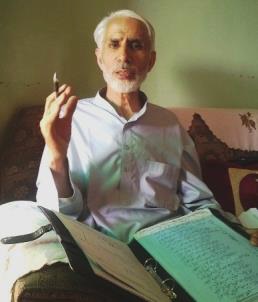
Zareef strongly believes, Kashmir´s two more generations can take it to new heights where world will listen to what we say and what we ask for? Those generations will be highly educated and real intellectuals. ZAREEF A ZAREEF
CREDIBILITY OF "INCREDIBLE INDIA"
One morning of Dec-Jan 1990, notorious Indian CRPF (Central Reserve Police Force) knock at the door of Abdul Ahad Bhat of Batmaloo, Srinagar and demand the TV set to watch their favourite program Ramayana. The lady of the house opens the door to find uniformed armed infantry men staring at her with the demand and the next minute she collapses and is rushed by her relations to the hospital to be declared dead. In Kashmir incredible India does such miracles on daily basis.

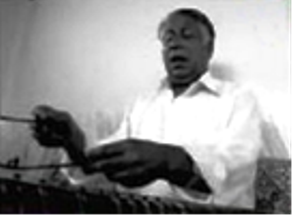
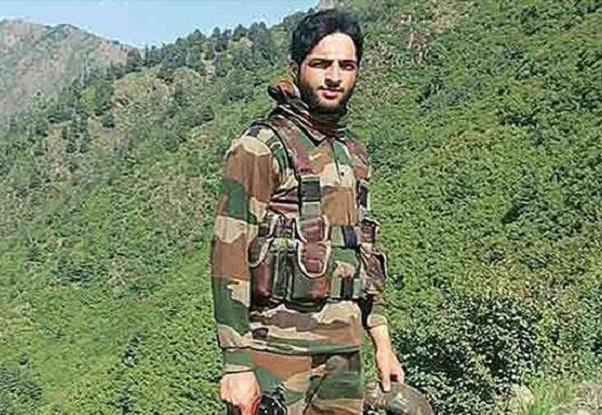





































































 Military Curfews do not deter masses from coming out on the roads to protest Indian rule and continue the fight with stones and bricks to convey the message that India must leave Kashmir. Indian overtures towards Soviet Union were tactfully planned mainly to use USSR VETOs to frustrate rest of the world denying to hold the promised plebiscite in Kashmir. India´s truculent behaviour paid dividends leaving Kashmir simmering on the burner
Military Curfews do not deter masses from coming out on the roads to protest Indian rule and continue the fight with stones and bricks to convey the message that India must leave Kashmir. Indian overtures towards Soviet Union were tactfully planned mainly to use USSR VETOs to frustrate rest of the world denying to hold the promised plebiscite in Kashmir. India´s truculent behaviour paid dividends leaving Kashmir simmering on the burner
